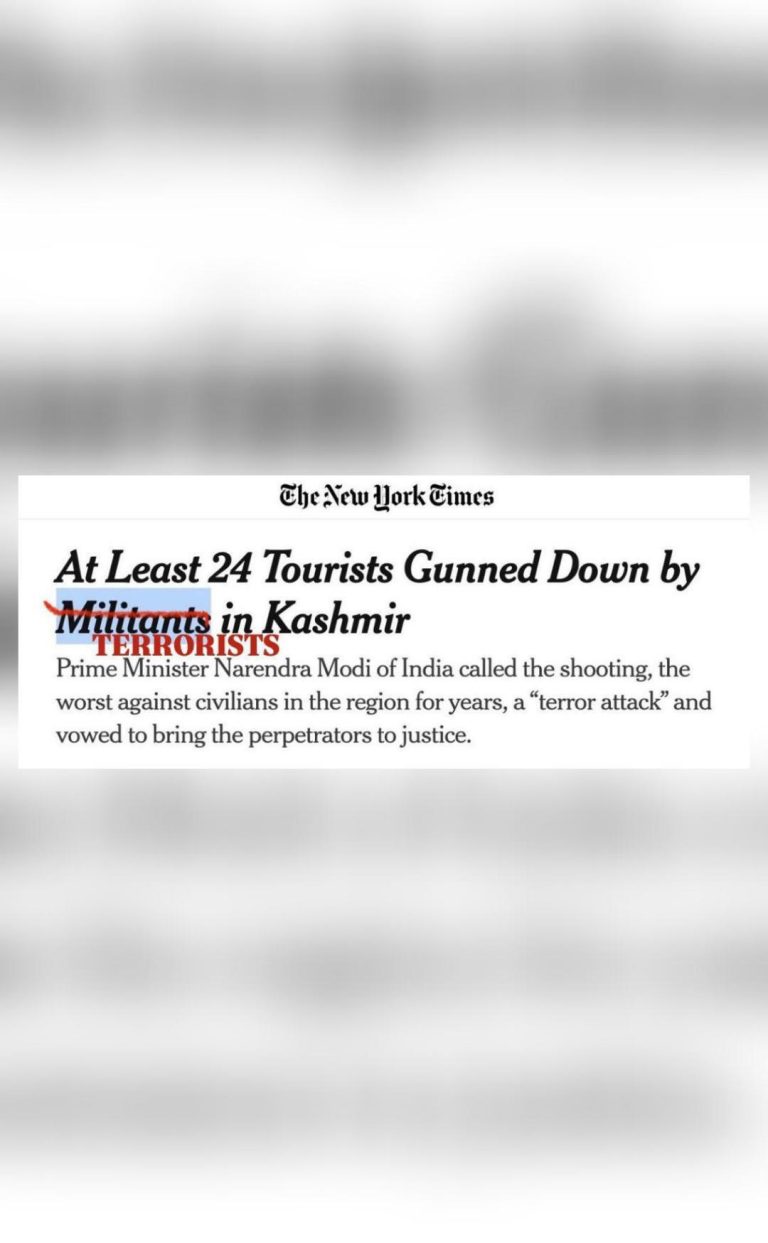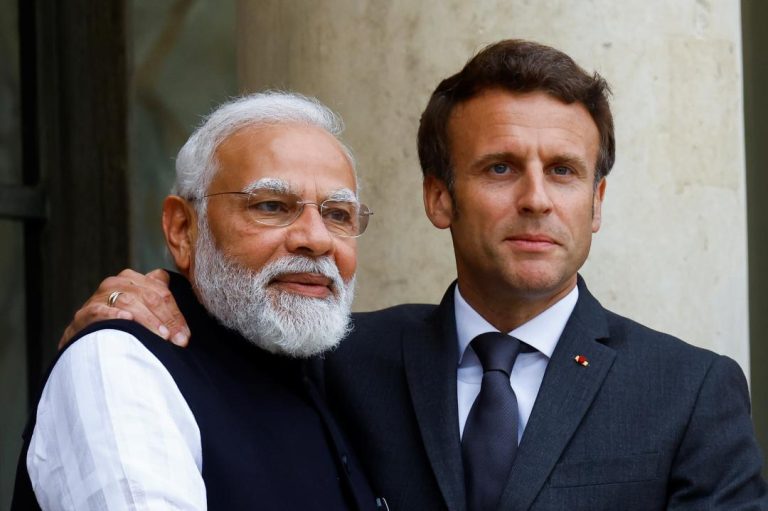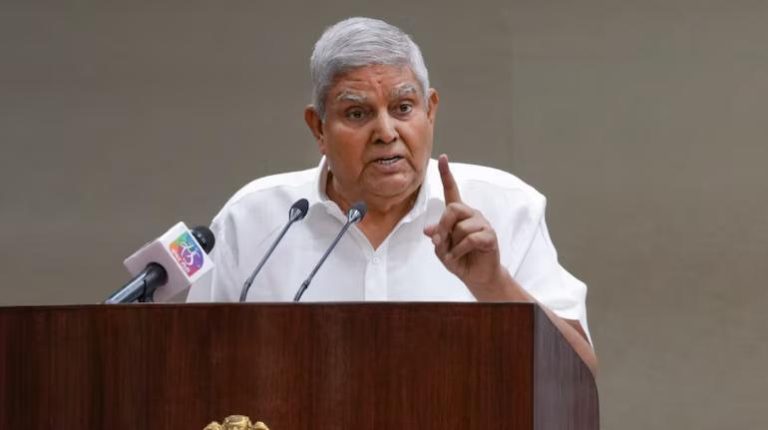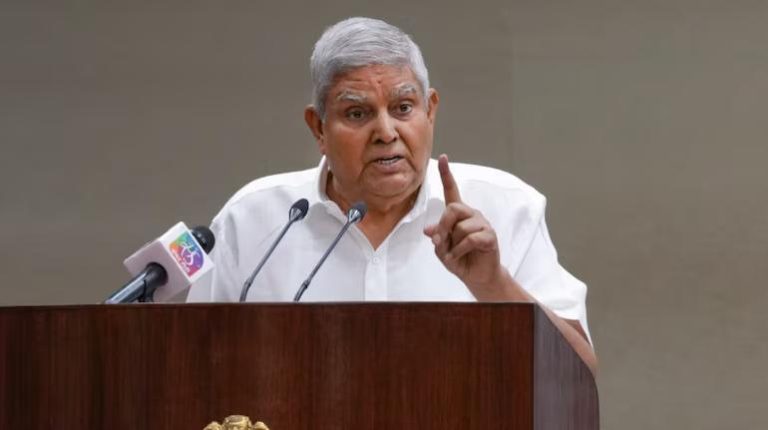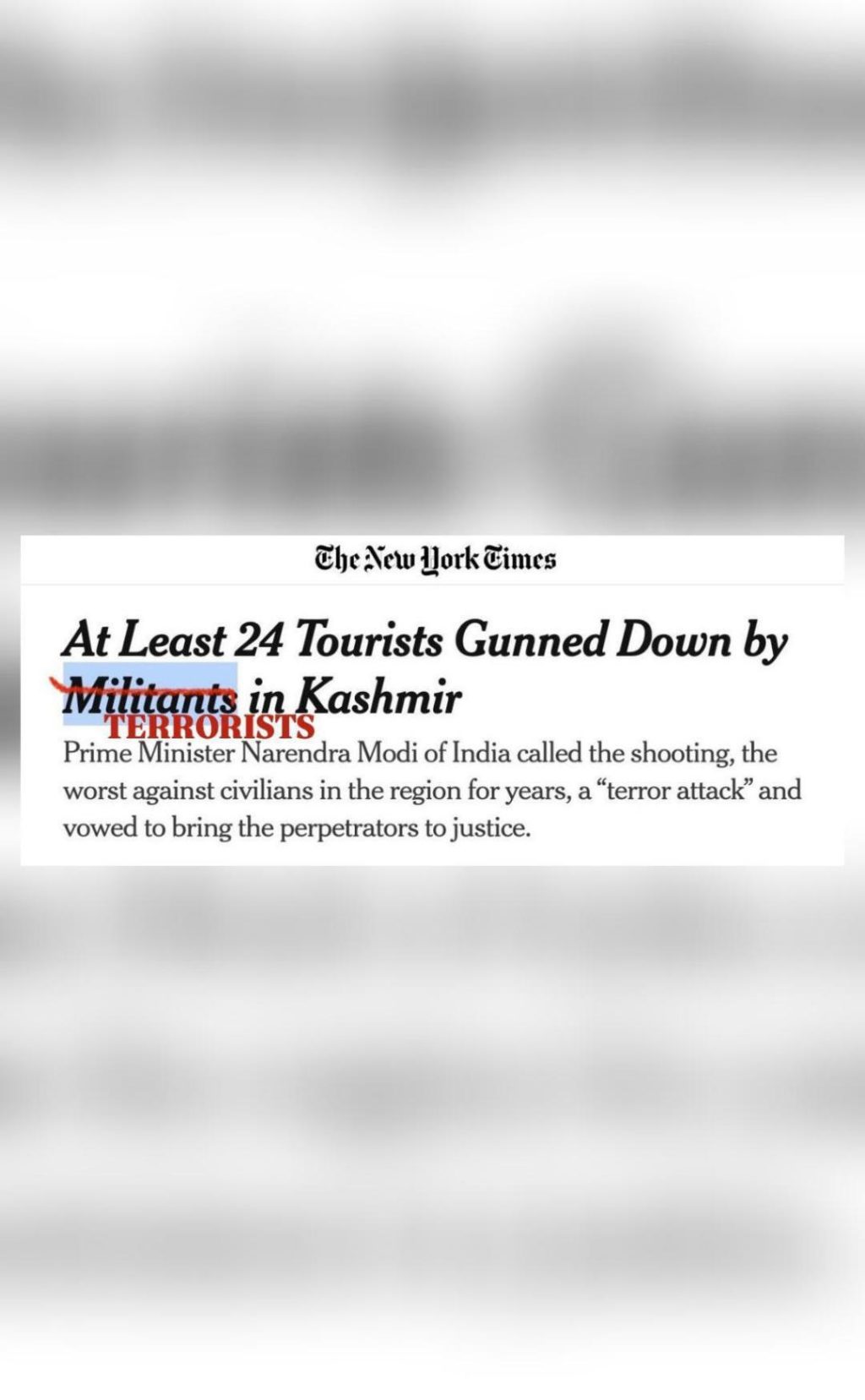
Hey NYT, fixed it for you: US committee after news portal calls J&K terrorists ‘militants’
The recent attack in Pahalgam, Jammu and Kashmir, has sparked outrage and condemnation from around the world. In the aftermath of the incident, the New York Times (NYT) published an article that has left many scratching their heads. The article referred to the terrorists behind the attack as “militants”, a term that has sparked a heated debate on social media.
In response to the NYT’s article, the US House Committee on Foreign Affairs took to Twitter to express their disagreement with the terminology used. The committee shared a screenshot of the NYT article, with a bolded caption that read: “Hey NYT, we fixed it for you…This was a TERRORIST ATTACK plain and simple…Whether it’s India or Israel, when it comes to TERRORISM, NYT is removed from reality.”
The tweet, which has gone viral, has sparked a heated debate on social media, with many people weighing in on the issue. Some have accused the NYT of downplaying the threat posed by terrorism, while others have defended the publication’s use of the term “militant”.
But what exactly is the difference between a terrorist and a militant? Is it just a matter of semantics, or is there a deeper issue at play?
To understand the controversy, it’s essential to look at the context in which the term “militant” is being used. In the case of the Pahalgam attack, the terrorists who carried out the attack were affiliated with a group that has been designated as a terrorist organization by the Indian government. The same group has also been responsible for numerous attacks on civilians and security forces in the region.
In this context, the term “militant” is often used to describe members of the group who are involved in armed conflict. However, the term “terrorist” is often used to describe the same individuals when they are engaged in attacks on civilians or other non-combatant targets.
The distinction between the two terms is an important one, as it reflects the moral and legal implications of the actions being described. Terrorists are typically seen as using violence to intimidate or coerce populations, whereas militants are often seen as fighting for a political or ideological cause.
However, in the case of the Pahalgam attack, it’s difficult to see how the term “militant” accurately captures the nature of the attack. The victims of the attack were not soldiers or combatants, but rather innocent civilians who were going about their daily business. In this context, it’s hard to see how the term “militant” is any more accurate than the term “terrorist”.
The controversy surrounding the NYT’s article is just the latest example of the ongoing debate over the use of the term “militant” to describe political violence. The debate is not limited to the Indian subcontinent, as similar controversies have played out in countries around the world.
For example, in Israel, there has been a long-running debate over the use of the term “militant” to describe members of Palestinian groups who are involved in armed conflict with Israeli forces. Some have argued that the term “terrorist” is more accurate, while others have defended the use of the term “militant” as a way of recognizing the political and ideological motivations of the groups involved.
The debate over the use of the term “militant” is not just limited to the US or Israel, as similar controversies have played out in countries around the world. For example, in the UK, there has been a long-running debate over the use of the term “militant” to describe members of the Irish Republican Army (IRA) who were involved in armed conflict with British forces.
In each of these cases, the debate is not just about the accuracy of the term “militant”, but also about the moral and legal implications of the actions being described. The term “terrorist” is often associated with criminality and illegality, whereas the term “militant” is often seen as a more neutral or even heroic term.
The controversy surrounding the NYT’s article is a reminder that language matters, and that the terms we use can have a profound impact on our understanding of the world. Whether we choose to use the term “militant” or “terrorist”, we must be aware of the implications of our language and the impact it can have on our perceptions of reality.
In conclusion, the controversy surrounding the NYT’s article is just the latest example of the ongoing debate over the use of the term “militant” to describe political violence. While the debate is complex and multifaceted, it is ultimately about how we choose to understand and describe the actions of individuals and groups who engage in armed conflict.
As the US House Committee on Foreign Affairs so aptly put it, “This was a TERRORIST ATTACK plain and simple…Whether it’s India or Israel, when it comes to TERRORISM, NYT is removed from reality.” The use of the term “terrorist” is not just a matter of semantics, but rather a recognition of the moral and legal implications of the actions being described.
Source: https://x.com/HouseForeignGOP/status/1914843415793095043

